Casey Dreier • Dec 19, 2014
Here's How Planetary Science Will Spend Its $1.44 Billion in 2015
The story of NASA's 2015 budget had a happy ending on December 16th, 2014, when President Barack Obama signed a massive omnibus spending bill into law. The $18.01 billion budget (which is $346 million above last year) provides the space agency with its best funding year since 2011. The Planetary Science Division will get $1.44 billion, nearly $93 million above last year, and just shy of The Planetary Society's recommended $1.5 billion.
Before I get into the details of the increases to planetary science, I want to thank the incredible amount of work done by Planetary Society members and space advocates around the world. Together, we sent tens of thousands of letters to the House, Senate, and the White House, and made hundreds of phone calls and dozens of visits to Congress. Importantly, the increase to planetary didn't require cuts from any other NASA science program. So take a moment and pat yourself on the back.
Ok, now let's look at the fruits of our efforts.
NASA's Planetary Science Division (PSD) gets $1.438 billion in the 2015 appropriations bill, about $157 million more than requested by the White House, and $93 million more than it received last year. This increase is spread throughout several major programs within the PSD. There are many good things in this budget, which reflects the most important recommendation from the National Research Council's Planetary Decadal Survey: that we must maintain a balanced program. This budget does that.
Discovery
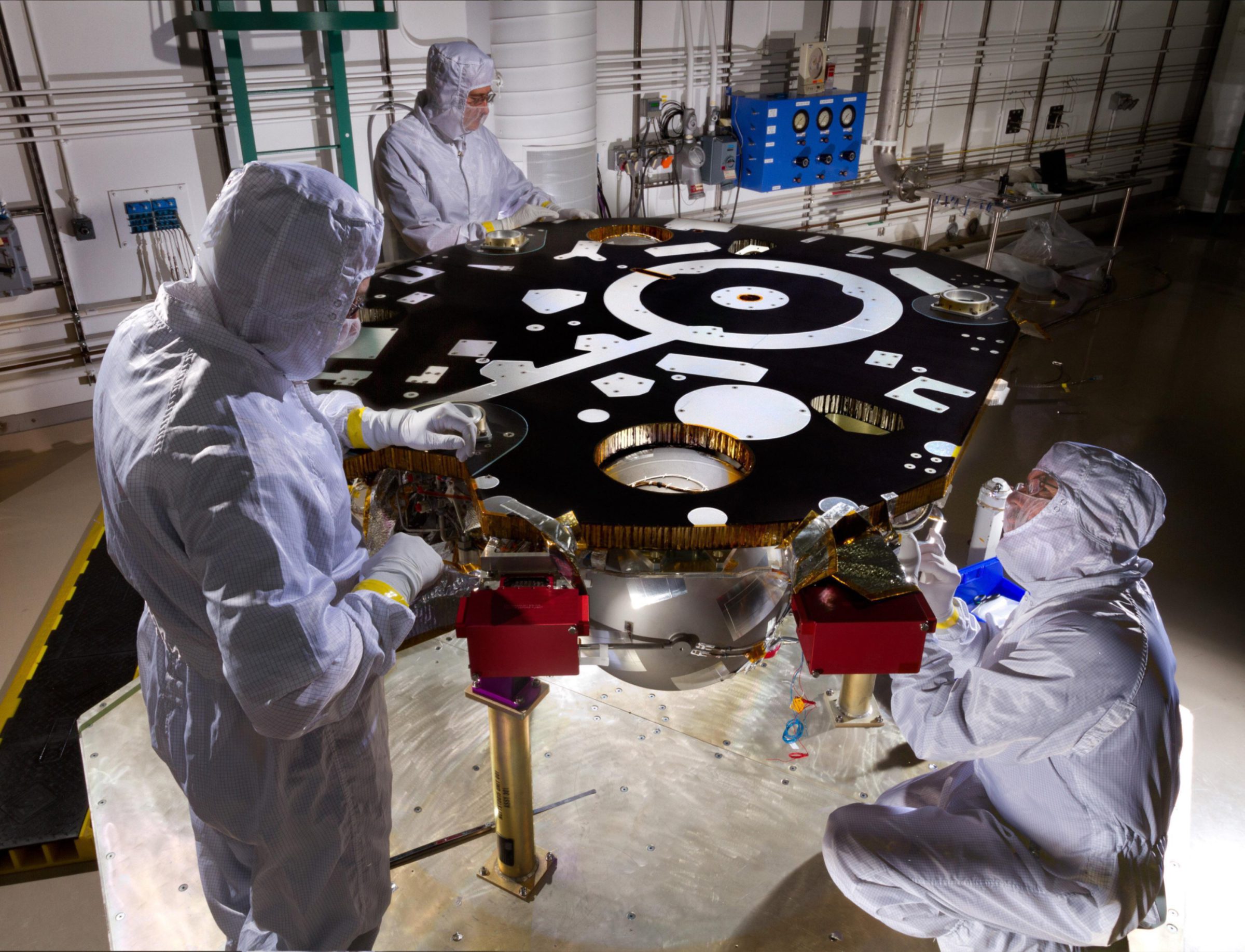
Discovery is the small-class competed mission line that is meant to provide frequent flight opportunities around the solar system, cost-capped at $450M each. The recommended frequency of missions is one every two years, but the recent budget cuts have delayed this to one every five years. InSight, the geophysical mission that will land on Mars in 2016, is the current Discovery project. In 2015, Congress provided an additional $25 million to support a more rapid selection of its successor in 2016. The additional money also allows continued operation of the Lunar Reconnaissance Orbiter, which was otherwise cancelled in the President's Budget Request.
| 2014 | 2015 President's Request | 2015 CRomnibus | |
| Discovery | $285.0M | $230.8M | $255.0M |
New Frontiers
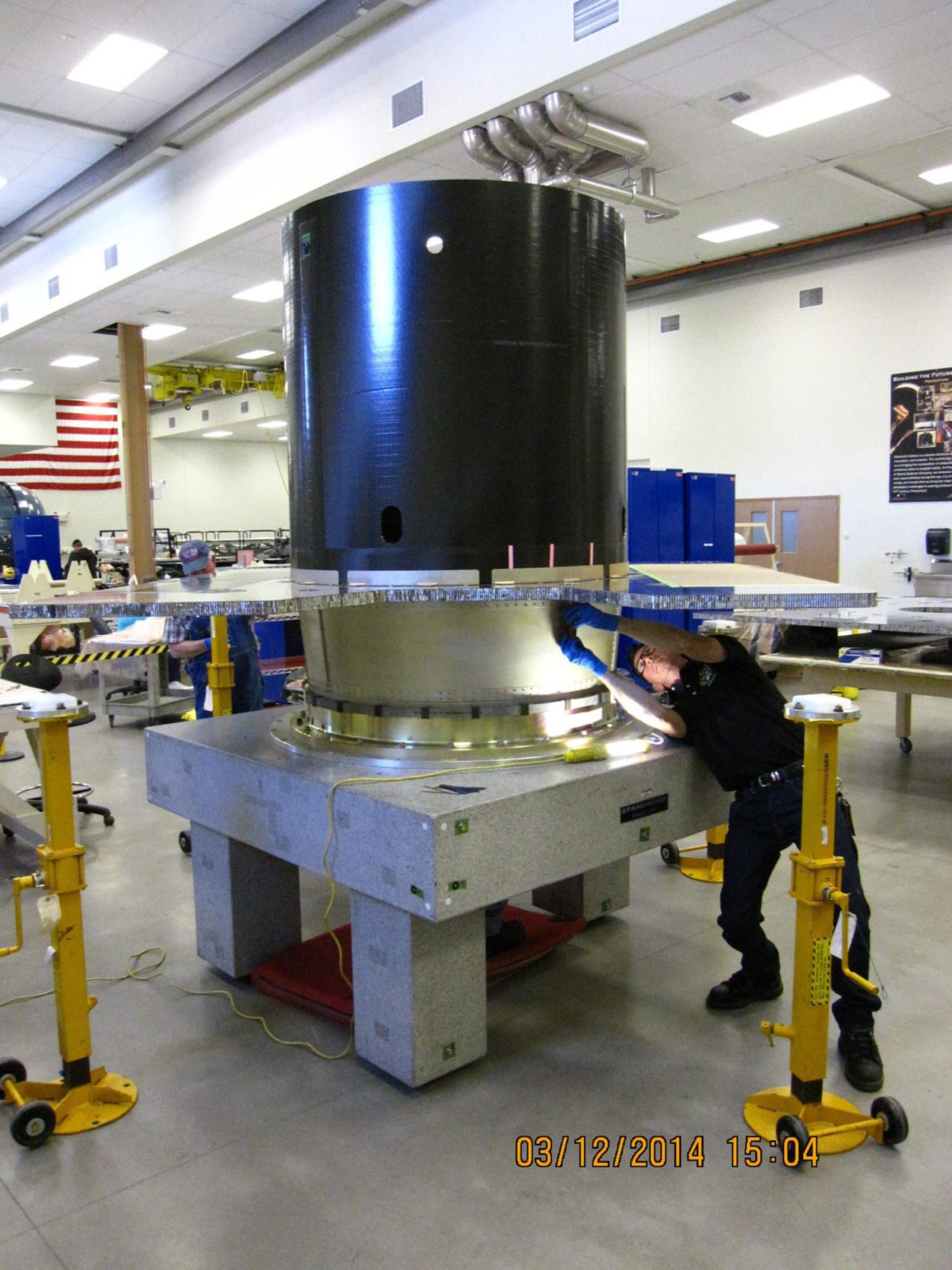
New Frontiers is like Discovery on steroids: a regular, competed mission line but with a larger budget. The current mission in development is OSIRIS-REx, which will return a sample of the asteroid Bennu to Earth in the early 2020s. Congress provided an additional $5M for a future mission, a small but symbolic number in response to the White House's suggestion that the New Frontiers program would not solicit a future mission after OSIRIS-REx.
| 2014 | 2015 President's Request | 2015 CRomnibus | |
| New Frontiers | $258.0M | $281.5M | $285.0M |
Mars Exploration
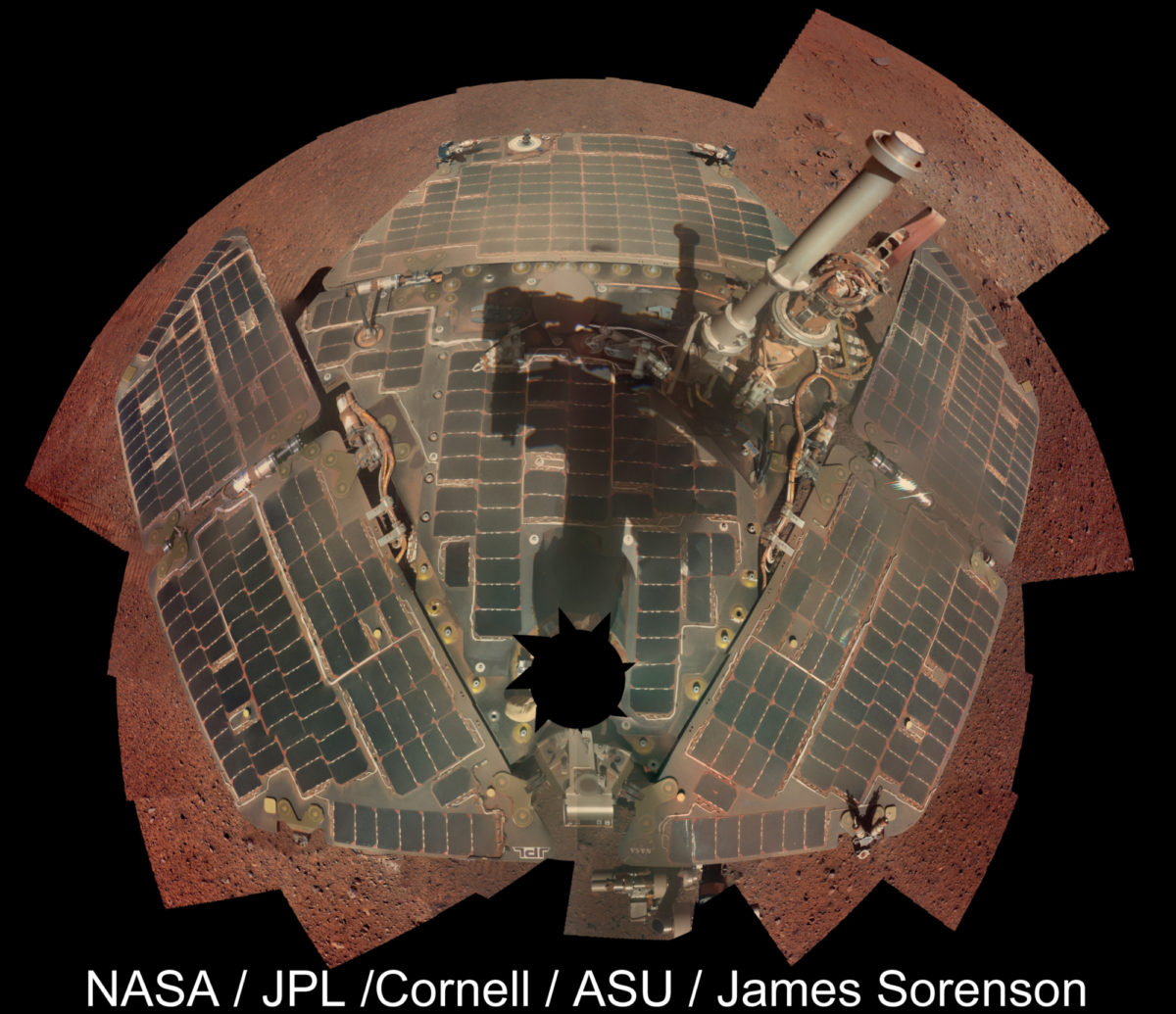
The Mars Exploration Program supports all operational Mars missions, as well as development of the upcoming Mars 2020 rover. Congress provided an additional $25 million for Mars, which provides about $15 million for operating the Opportunity rover and about $8 million more for early Mars 2020 development.
| 2014 | 2015 President's Request | 2015 CRomnibus | |
| Mars | $288.0M | $279.3M | $305.0M |
| -> Mars 2020 Development | -> $65.0M | -> $92.0M | -> $100.0M |
| -> MER Opportunity Operations | -> $14M* | -> $0M | -> $14M* |
* Not specified, but consistent with previous years.
Outer Planets
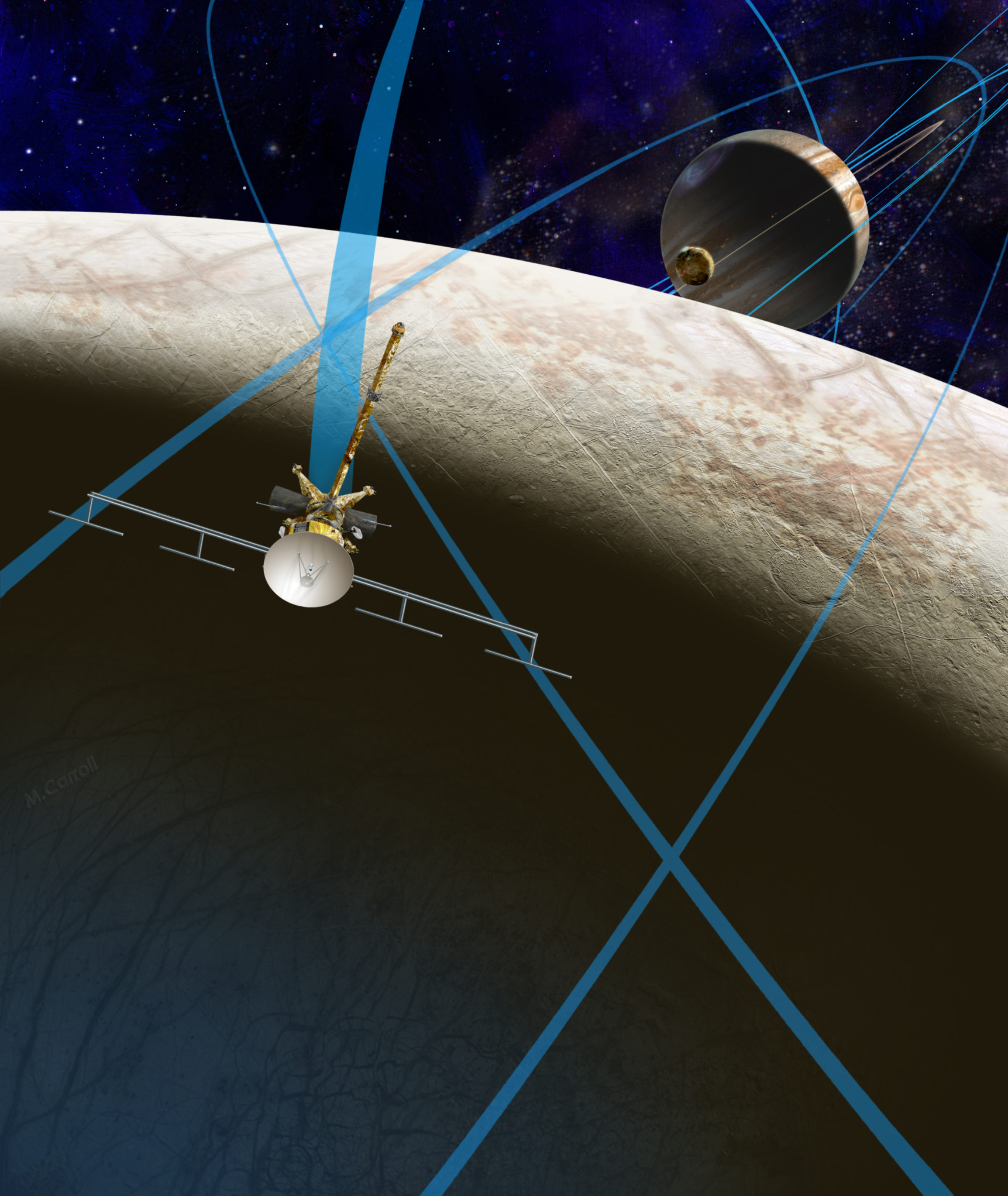
The Outer Planets program has languished in recent years, containing only the operating funds for Cassini as well as some additional scientific research funding. The major increase this year was $100 million for early formulation work on a major mission to Europa, which followed on last year's $80 million congressional allocation. NASA has yet to officially request a Europa mission, so options are limited in how it can spend the money. Hopefully a new start will come in the FY2016 President's request so it can put these funds to good use.
| 2014 | 2015 President's Request | 2015 CRomnibus | |
| Outer Planets | $159.0M | $95.7M | $181.0M |
| -> Europa Mission Development | -> $80.0M | -> $15.0M | -> $100.0M |
Technology
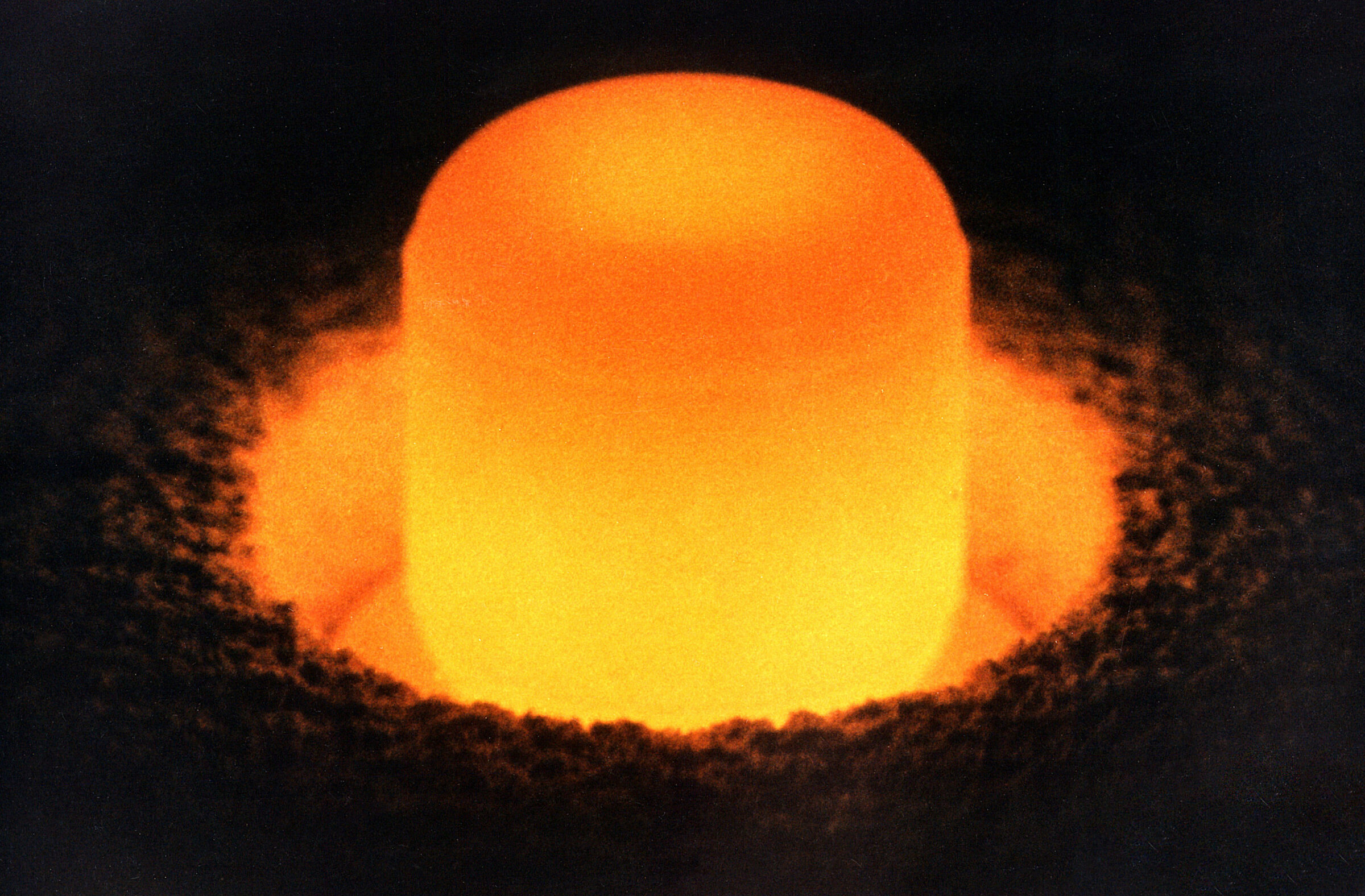
The Technology program in the Planetary Science Division provides funding to develop new technologies and prove hardware concepts to enable the next generation of exploration throughout the solar system. About half of the funding for this program is sent over to the Department of Energy (DoE) to maintain its Plutonium-238 infrastructure and restart program. Congress provided a boost of $18 million dollars, all of which is directed towards Europa-specific technology development.
| 2014 | 2015 President's Request | 2015 CRomnibus | |
| Technology | $146.0M | $137.2M | $155.0M |
Scientific Research
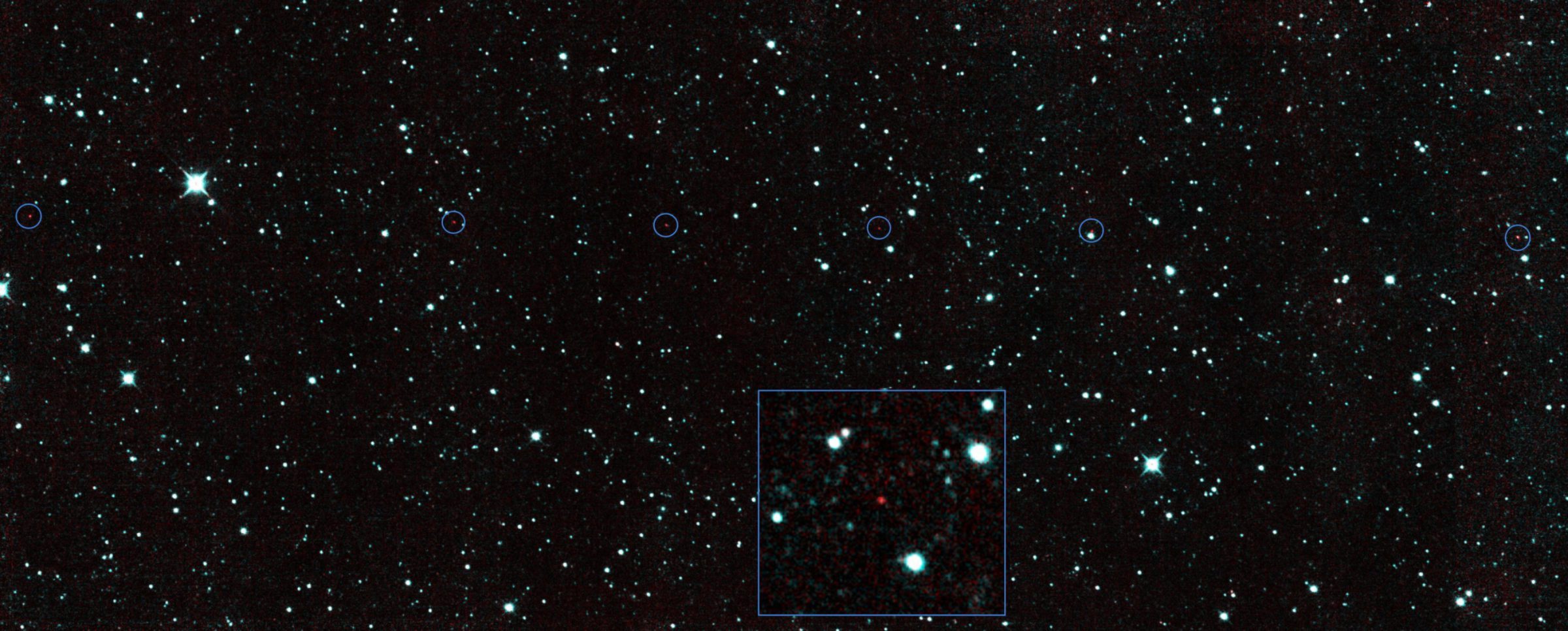
Planetary Science Research provides grant funding to support the nation's scientists. It funds graduate students, post-doctoral associates, and professors so they can spend their time working with planetary science data. It also funds NASA's near-Earth object detection program (including the NEOWISE mission, pictured above), U.S. contributions to ESA's Rosetta mission, and the Planetary Data System. The seeming increase in the President's request in 2015 is a consequence of moving some additional grant lines into this program. Congress provided exactly what the President requested.
| 2014 | 2015 President's Request | 2015 CRomnibus | |
| Planetary Science Research | $220.6M | $255.8M | $255.8M |
Support our core enterprises
Your support powers our mission to explore worlds, find life, and defend Earth. You make all the difference when you make a gift. Give today!
Donate

 Explore Worlds
Explore Worlds Find Life
Find Life Defend Earth
Defend Earth

